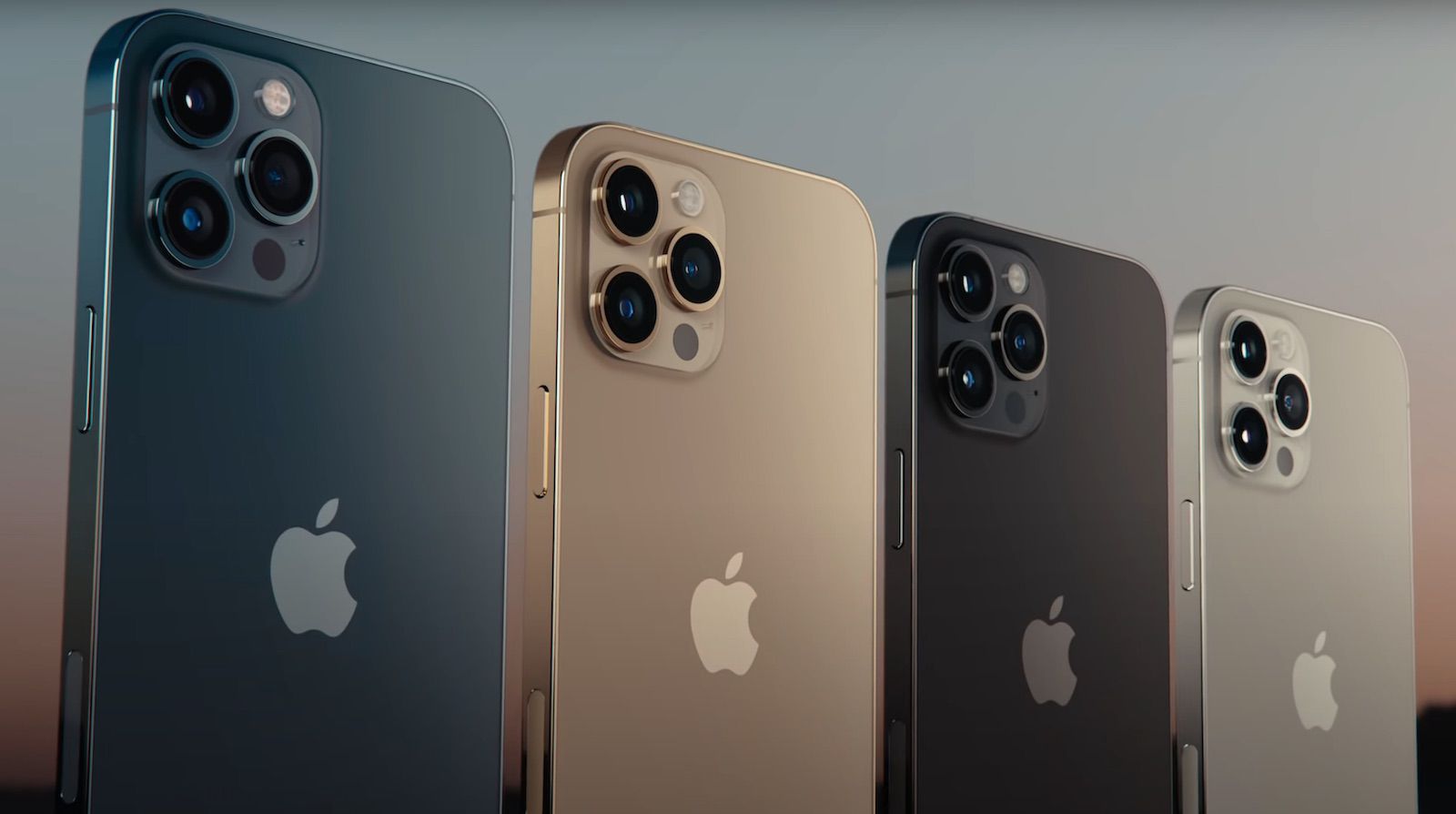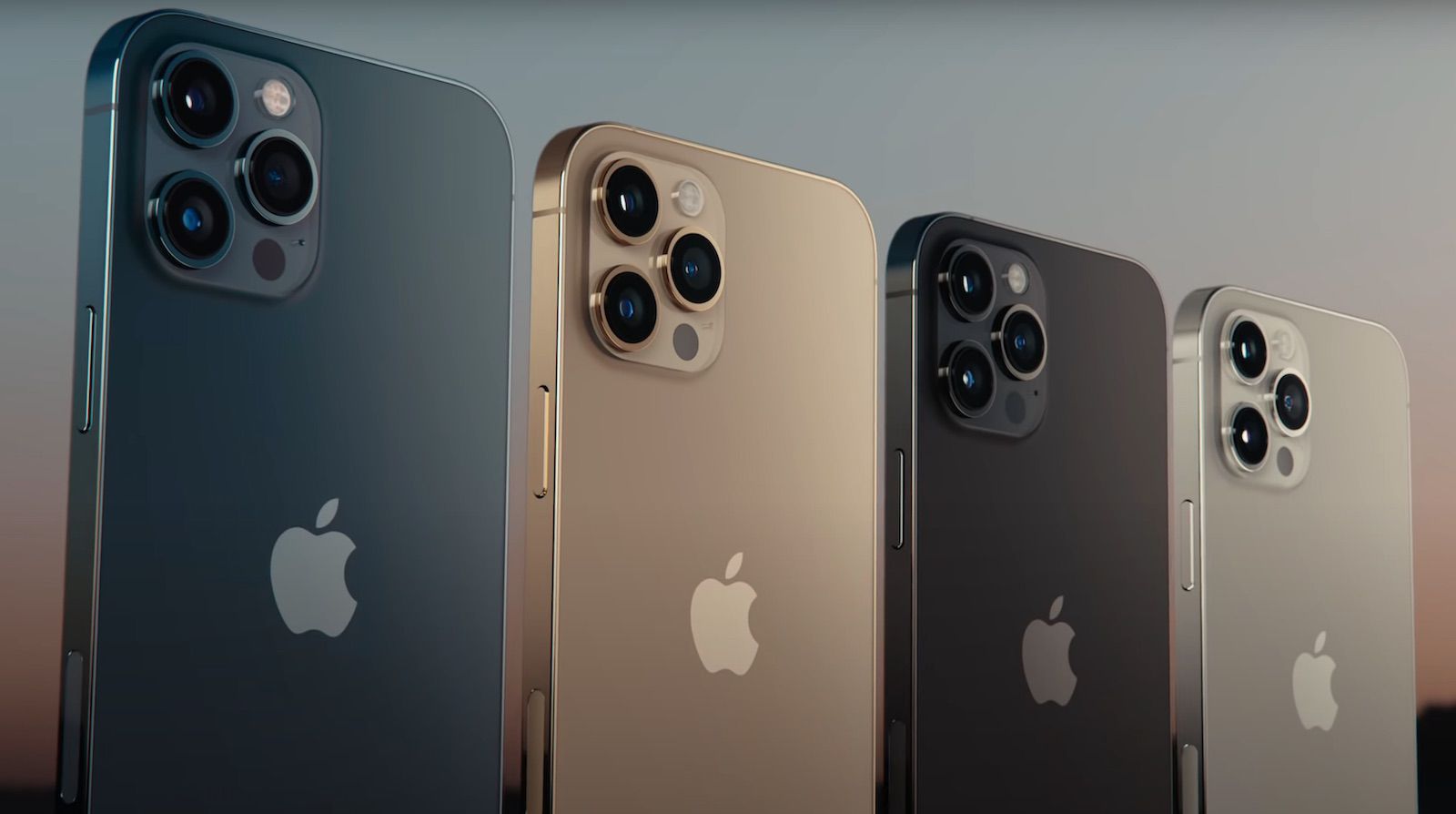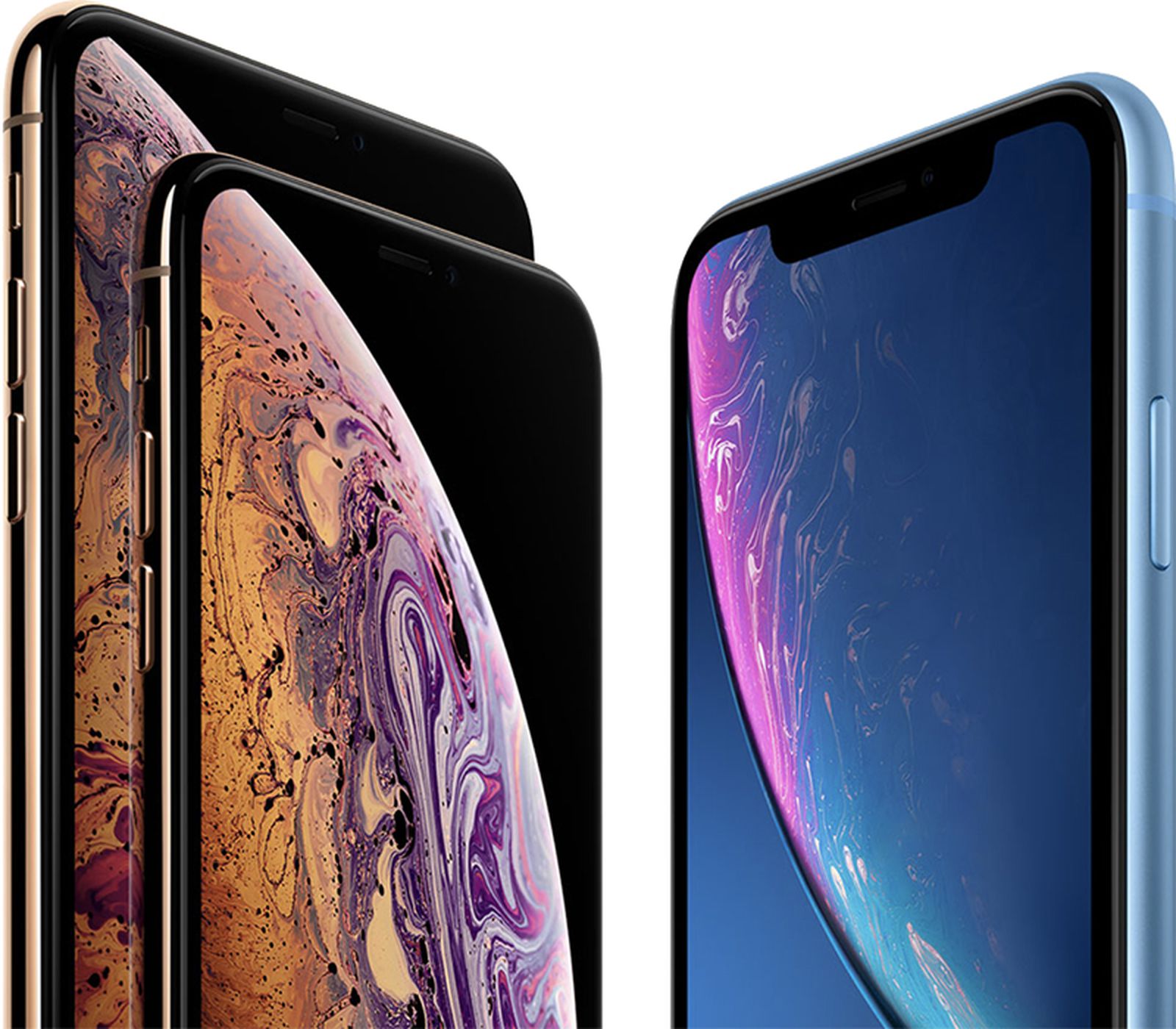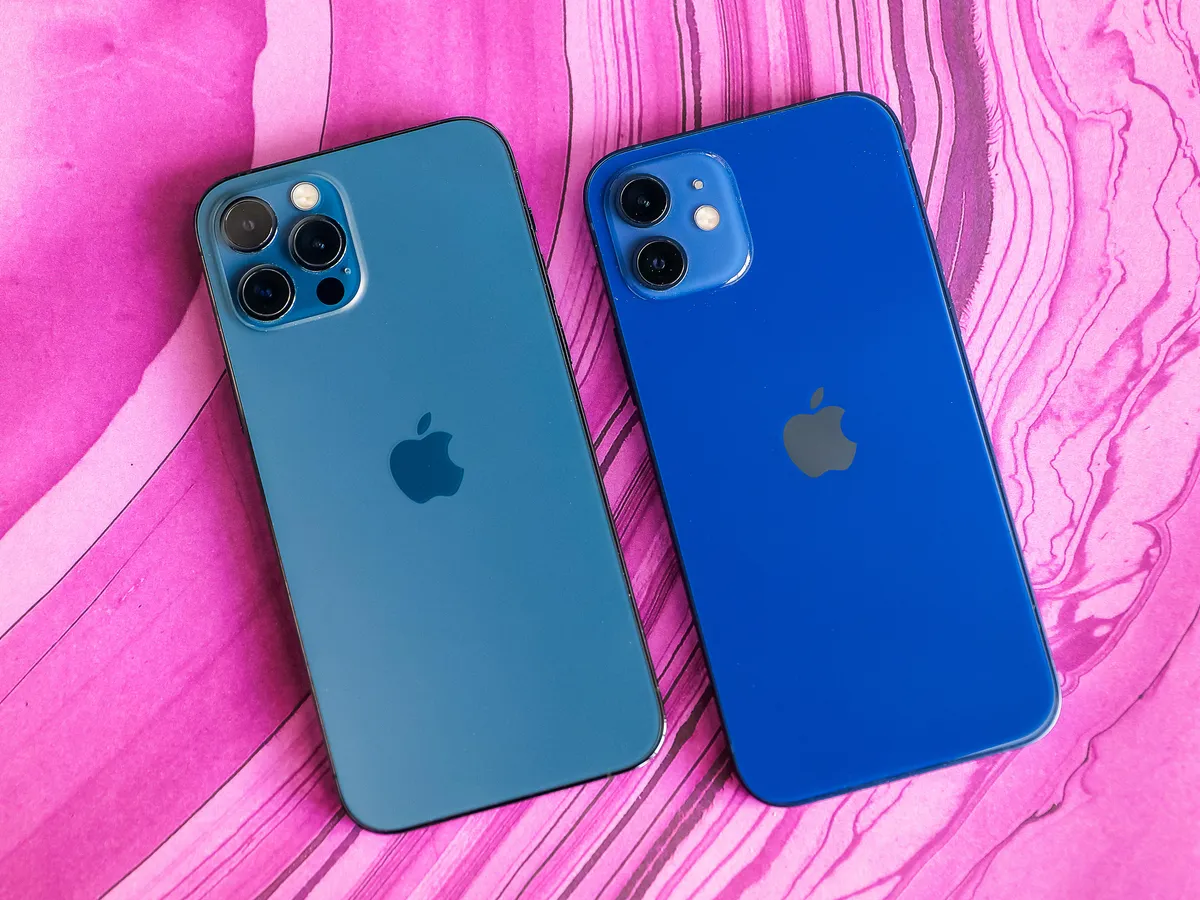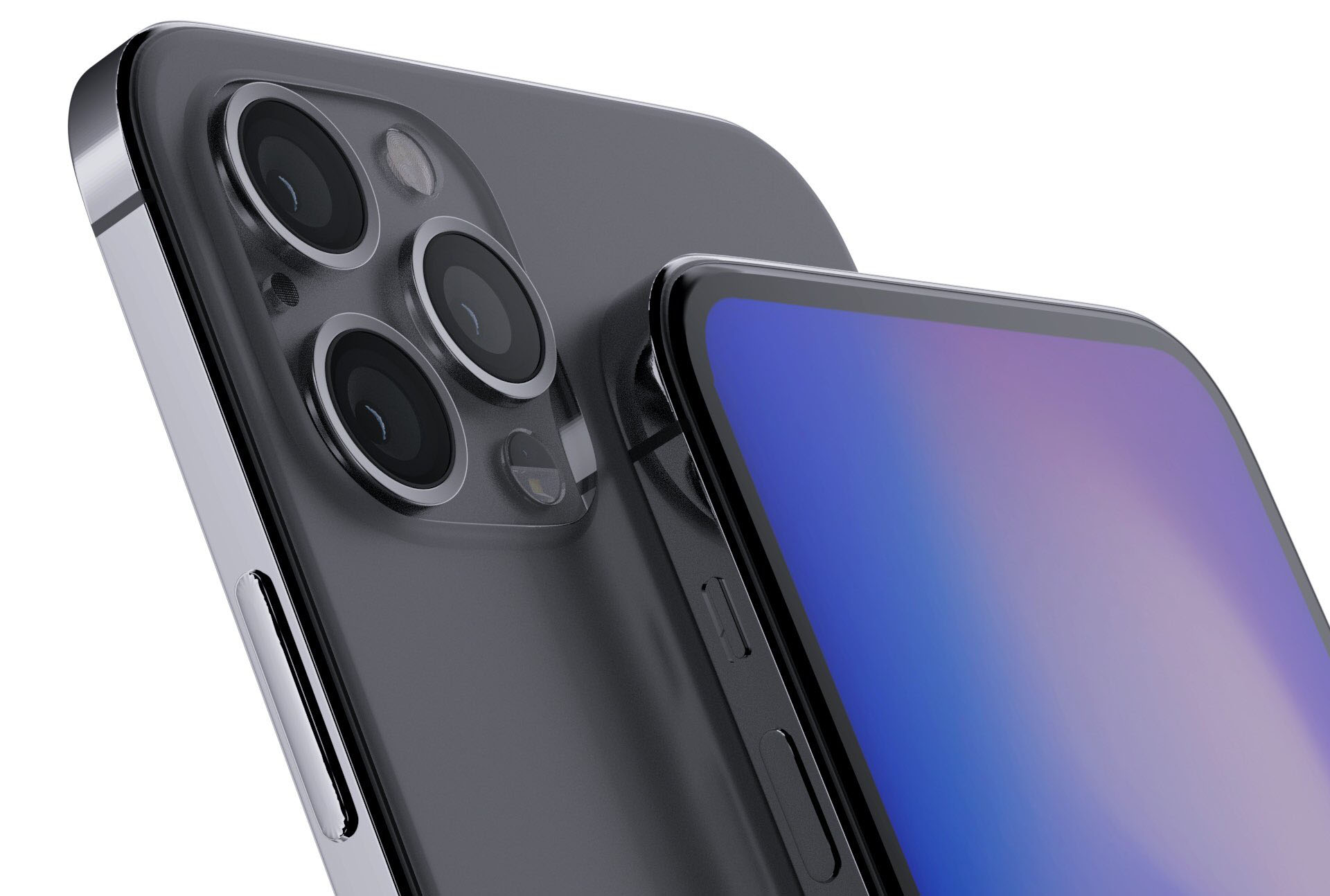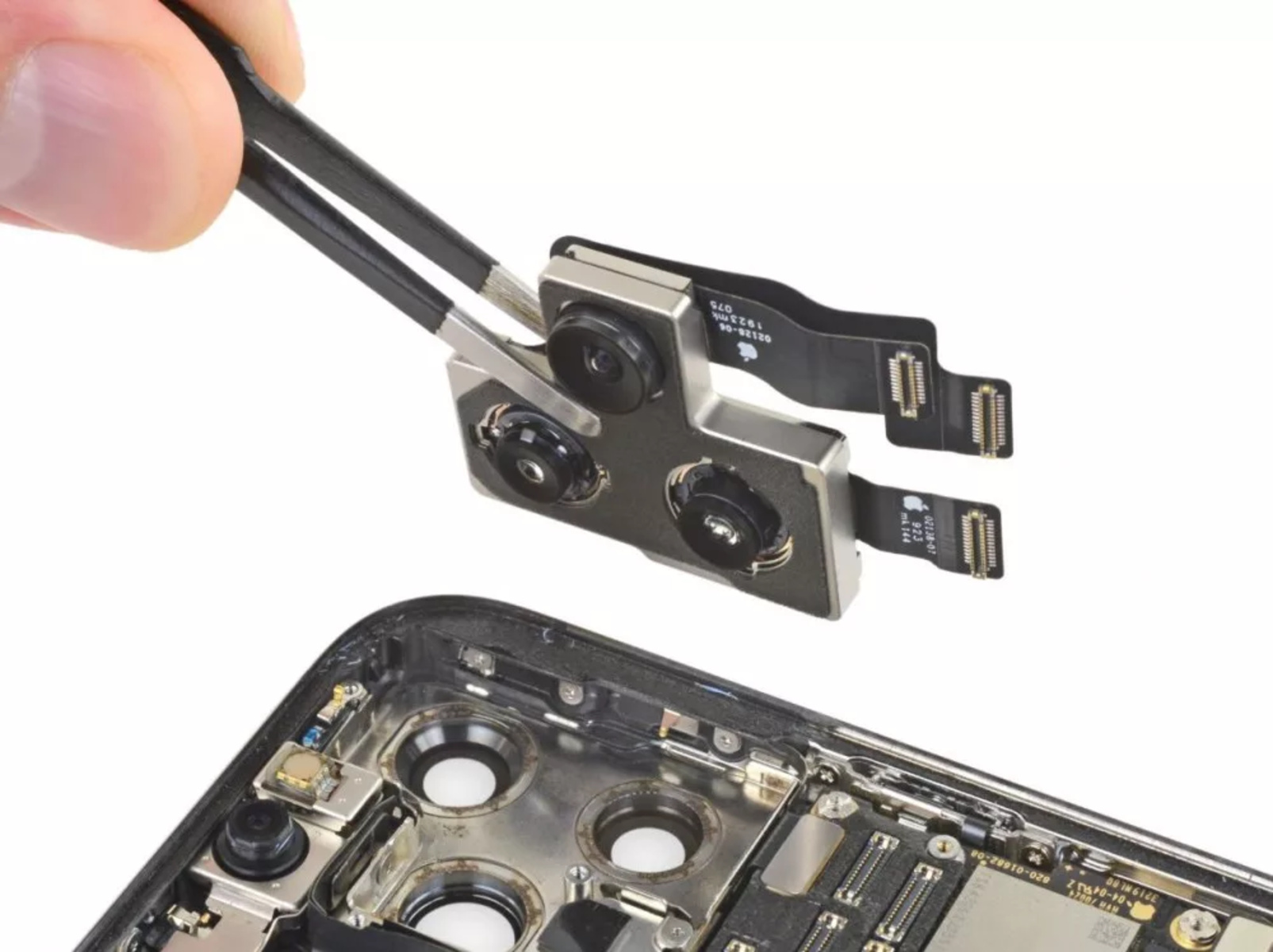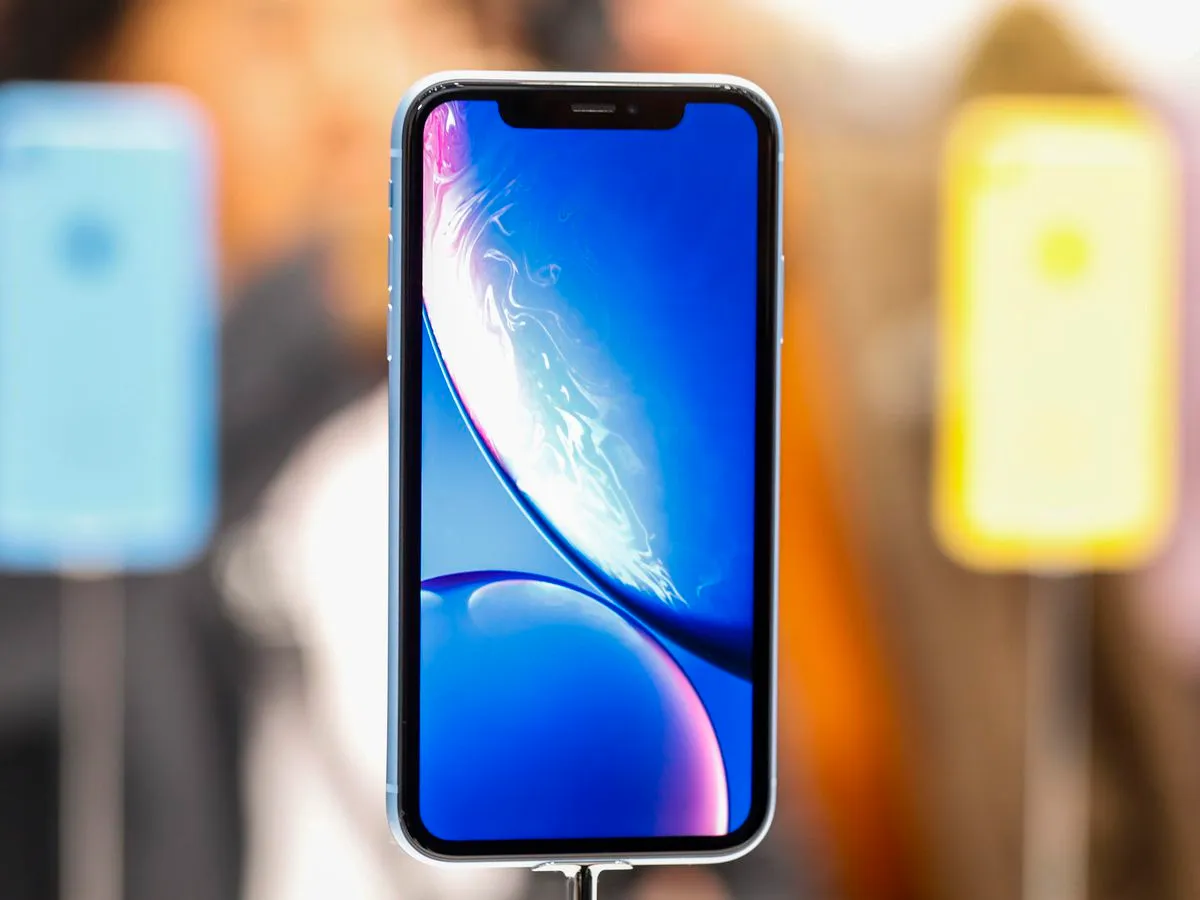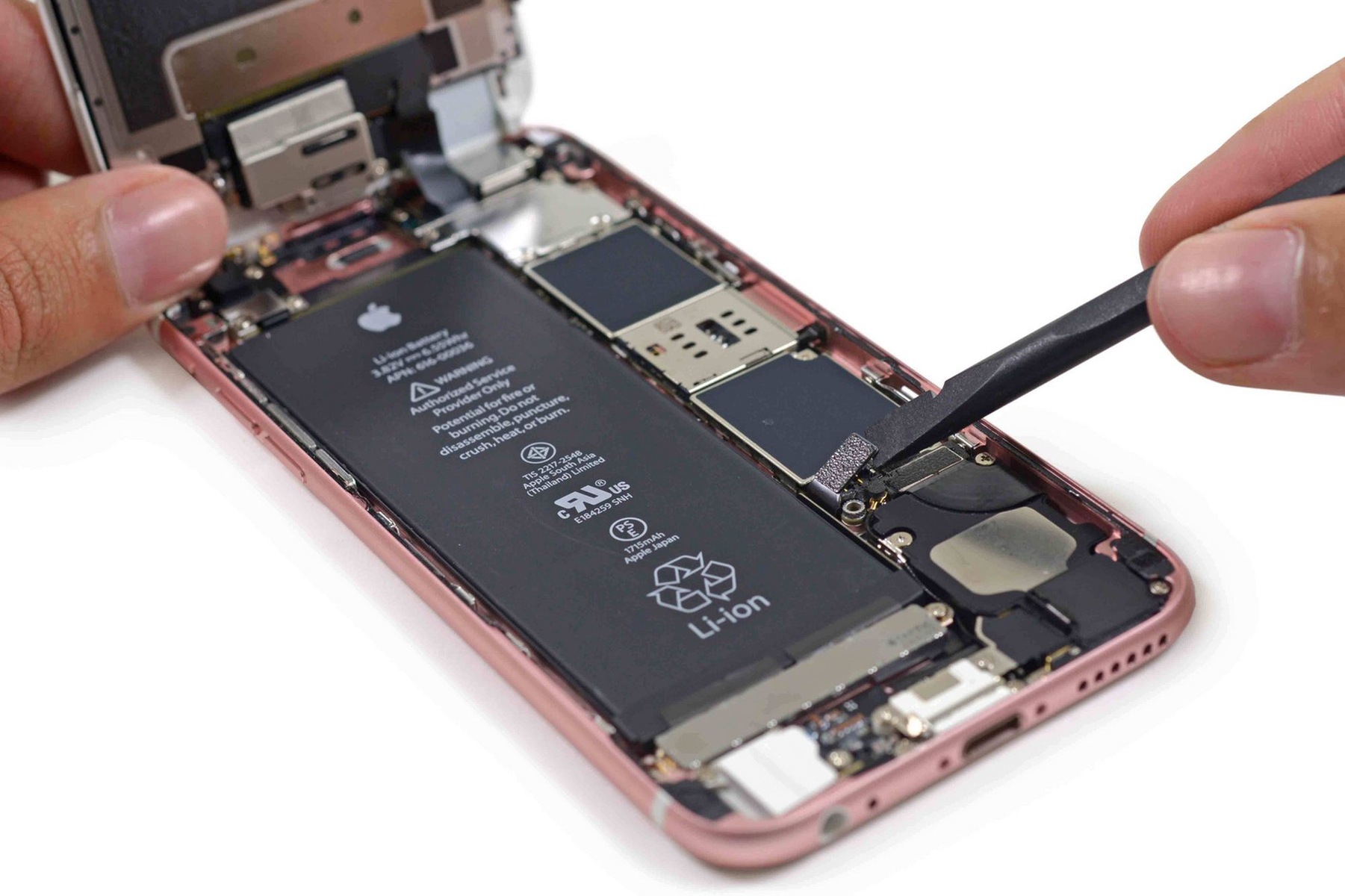Introduction
The iPhone 12, Apple’s latest flagship smartphone, has generated a great deal of excitement among tech enthusiasts and iPhone aficionados. One key aspect that has sparked much speculation and anticipation is the amount of RAM (Random Access Memory) that will be incorporated into the iPhone 12.
RAM, as many of us know, is a crucial component of any smartphone. It plays a vital role in determining the device’s multitasking capabilities, overall performance, and responsiveness. With more RAM, a smartphone can handle multiple tasks and applications simultaneously, ensuring smooth and seamless user experiences.
Previous iPhone models, such as the iPhone 11 and iPhone SE, have proven to be exceptionally powerful and efficient, thanks in part to the optimization of their hardware and software. However, the specific amount of RAM in these models has remained a mystery, with Apple choosing not to disclose this information publicly.
In the lead-up to the launch of the iPhone 12, numerous leaks and rumors have circulated regarding the RAM capacity of this highly anticipated device. Tech enthusiasts and industry insiders have speculated on whether the iPhone 12 will see a significant increase in RAM compared to its predecessors.
While leaks and rumors are often intriguing, it’s important to consider them with a critical eye. Apple is known for its commitment to balancing hardware and software optimizations to deliver seamless user experiences. Therefore, any increase in RAM capacity would have to be well-justified and aligned with Apple’s philosophy of optimal performance.
The official information about the RAM capacity of the iPhone 12 has finally been revealed, shedding light on this aspect of the device’s specifications. In this article, we will examine the rumors surrounding the iPhone 12’s RAM, outline the official information, and analyze the potential impact of RAM on the device’s overall performance.
Understanding RAM
Before delving into the specifics of the RAM capacity in the iPhone 12, it is important to have a clear understanding of what RAM is and how it functions in a smartphone.
RAM, or Random Access Memory, is a type of computer memory that serves as a temporary storage space for data and instructions that are actively being used by the device’s operating system and applications. It provides fast and temporary access to data, allowing for quick retrieval and manipulation.
Unlike the permanent storage of data in a hard drive or solid-state drive, RAM is volatile and loses its contents when the device is powered off. This is why RAM is often referred to as “temporary memory” or “volatile memory.” However, this temporary nature is what enables RAM to offer speedy access to data, as it does not need to perform time-consuming read and write operations to disk.
In the context of smartphones, RAM plays a crucial role in multitasking. When you switch between applications or perform multiple tasks simultaneously, the active data and instructions of these tasks are stored in RAM. This allows for quick access to the information when needed, reducing lag and ensuring a smooth user experience.
The amount of RAM in a smartphone directly impacts its multitasking capabilities. A device with a larger RAM capacity can accommodate more active applications and data simultaneously, reducing the need to reload information from storage and resulting in smoother performance.
It’s important to note that RAM is distinct from a device’s storage capacity, which refers to the amount of permanent storage available for apps, files, and media. While increasing storage capacity allows you to store more data, increasing RAM capacity enhances the performance and responsiveness of your device, particularly when multitasking.
In the next sections, we will explore the RAM specifications of previous iPhone models and the rumors surrounding the RAM capacity of the iPhone 12. By understanding the role and importance of RAM, we can better appreciate the impact it has on a smartphone’s performance and overall user experience.
RAM in Previous iPhone Models
Apple has long been known for its meticulous optimization of hardware and software to deliver exceptional performance and user experience. However, when it comes to disclosing the specific amount of RAM in its iPhone models, Apple has chosen to remain tight-lipped.
Despite the lack of official information, various benchmark tests and teardowns have provided insights into the RAM capacities of previous iPhone models. The iPhone 11, for example, is widely speculated to have 4GB of RAM, while the iPhone SE (2020) is believed to have 3GB of RAM.
While these RAM capacities might not appear as high as those found in some competing Android devices, it is important to note that Apple’s hardware and software optimization allows iPhones to perform exceptionally well with lesser RAM. For instance, the iPhone 11 has demonstrated impressive multitasking capabilities and smooth overall performance despite its speculated 4GB of RAM.
This optimization is achieved through Apple’s proprietary operating system, iOS, which is finely tuned to work seamlessly with the iPhone’s hardware. The cohesive integration of hardware and software enables efficient memory management, ensuring that RAM resources are utilized optimally.
With this in mind, it’s evident that Apple’s approach to RAM in its previous iPhone models focuses on striking the right balance between performance and power efficiency, rather than simply pursuing higher RAM capacities.
By carefully controlling how apps and background processes consume memory, Apple maximizes the available RAM for active tasks, resulting in smooth and responsive performance. This approach has consistently received praise from users, as iPhones deliver consistently excellent performance without the need for excessive amounts of RAM.
However, as technology evolves and the demands of modern applications and features grow, an increase in RAM capacity can further enhance the multitasking capabilities of iPhones. The rumored RAM capacity of the iPhone 12 suggests that Apple might be taking steps to push the boundaries in this aspect.
In the following sections, we will explore the rumors and leaks surrounding the RAM capacity of the iPhone 12, providing a glimpse into what users can expect from Apple’s latest flagship device.
Rumors and Leaks About RAM in iPhone 12
As the release date of the iPhone 12 approached, rumors and leaks began to surface regarding the RAM capacity of this highly anticipated device. Tech enthusiasts and industry insiders eagerly speculated on whether Apple would significantly increase the RAM in the iPhone 12 compared to its predecessors.
One prominent rumor suggested that the iPhone 12 Pro and iPhone 12 Pro Max would feature a whopping 6GB of RAM, while the standard iPhone 12 and iPhone 12 Mini would come with 4GB of RAM. If these rumors were true, it would represent a significant leap in RAM capacity compared to previous iPhone models.
The leaked RAM capacities were seen as a response to the growing demands of modern applications, such as resource-intensive gaming, augmented reality, and computational photography. By increasing the RAM, Apple would further enhance the multitasking capabilities, allowing users to seamlessly switch between apps and handle more demanding tasks without performance degradation.
Moreover, a higher RAM capacity would align with Apple’s vision of providing future-proof devices that can handle the next generation of technology advancements. It would ensure that the iPhone 12 remains a powerful and capable device for years to come.
However, it’s important to approach these rumors with caution. While leaks and rumors can provide intriguing insights, they are not always accurate and should be taken with a grain of salt. Apple has a history of surprising its users with clever optimizations that maximize performance with lesser RAM, and this could potentially continue with the iPhone 12.
Only time will tell if the leaked RAM capacities are indeed accurate or if Apple has implemented innovative techniques to achieve impressive performance with more modest RAM capacities.
Despite the uncertainties surrounding the RAM of the iPhone 12, one thing is certain – Apple has consistently delivered exceptional performance in its iPhone lineup. Whether through hardware advancements, software optimizations, or a combination of both, Apple has solidified its position as a leader in the mobile industry.
In the next section, we will explore the official information regarding the RAM capacities of the iPhone 12, shedding light on the much-anticipated specifications of this flagship device.
Official Information About RAM in iPhone 12
After months of speculation and rumors, Apple has finally unveiled the official information regarding the RAM capacities of the iPhone 12 lineup. The company, as is its practice, does not disclose this information directly but relies on users and developers to discover it through various means.
Based on the findings of developers and benchmark tests, it has been confirmed that the iPhone 12 and iPhone 12 Mini both feature 4GB of RAM. This is consistent with the RAM capacities of previous iPhone models and suggests that Apple has focused on refining their hardware and software optimization to deliver exceptional performance with this modest amount of RAM.
For the iPhone 12 Pro and iPhone 12 Pro Max, the RAM capacity has indeed seen an increase. These flagship models boast 6GB of RAM, providing additional headroom for resource-intensive applications, advanced multitasking, and improved performance in demanding scenarios.
While the 6GB RAM capacity may not match the specifications of some competing Android devices, it is important to remember that Apple’s optimized hardware and software work together seamlessly to deliver powerful and efficient performance. Apple’s vertical integration approach often allows it to extract better performance from lesser RAM capacities compared to other devices.
It is worth mentioning that RAM is not the sole determinant of a device’s performance, and Apple has proved time and again that its holistic approach to optimization can overcome any numerical disadvantage in terms of RAM capacity.
By providing users with devices that strike a balance between hardware specifications and software optimizations, Apple tends to achieve standout performance and user experiences.
So, while the RAM capacities of the iPhone 12 lineup may not be the highest in the market, users can expect a reliable, efficient, and lag-free experience across the board, thanks to Apple’s meticulous craftsmanship.
Now that we have explored the official information regarding the RAM capacities of the iPhone 12, let’s delve into the impact of RAM on the device’s overall performance and user experience in the next section.
Analysis of the Impact of RAM on iPhone 12 Performance
RAM plays a critical role in determining the performance of any smartphone, including the iPhone 12. While the RAM capacities of the iPhone 12 lineup may not be the highest compared to some Android devices, it is essential to consider the overall performance optimization that Apple implements.
Apple’s extensive hardware and software integration, coupled with its efficient memory management techniques, allows iPhones to deliver impressive performance with relatively modest RAM capacities. The iPhone 12’s combination of powerful A14 Bionic chip, iOS optimization, and the carefully balanced RAM capacity ensures smooth multitasking, speedy app launches, and seamless user experiences.
With 4GB of RAM in the iPhone 12 and iPhone 12 Mini, users can expect excellent performance for everyday tasks, such as browsing the web, social media use, and running multiple apps simultaneously. The efficient memory management ensures quick access to active data, reducing the need to reload apps frequently and delivering a fluid user experience.
For the iPhone 12 Pro and iPhone 12 Pro Max, the increase to 6GB of RAM provides additional headroom for more demanding tasks. Users can expect improved performance for graphic-intensive games, resource-intensive augmented reality experiences, professional photography and video editing, and other computationally intensive applications.
While more RAM can certainly enhance the performance of devices, it is crucial to remember that it is just one piece of the puzzle. Apple’s focus on optimizing its hardware and software ensures that iPhones deliver exceptional performance, regardless of the absolute RAM capacity.
Furthermore, Apple’s stringent control over the ecosystem allows for close integration between its hardware and software components. This tight integration ensures efficient resource allocation, minimizing any potential bottlenecks and maximizing the available RAM for active tasks.
Ultimately, the true measure of a device’s performance lies in the overall user experience. iPhones have consistently ranked among the top performers in terms of real-world usage, and the iPhone 12 is expected to continue this trend.
By striking the right balance between hardware specifications, software optimizations, and efficient memory management, Apple ensures that the iPhone 12 delivers a smooth, responsive, and reliable user experience. The modest increase in RAM capacity for the iPhone 12 Pro models further enhances their capabilities, catering to power users and demanding tasks.
In the following section, we will wrap up our discussion and provide concluding thoughts on the RAM capacity of the iPhone 12 and its impact on overall performance.
Conclusion
The RAM capacity of the iPhone 12 has been a subject of much speculation and anticipation. While the official information reveals that the iPhone 12 and iPhone 12 Mini feature 4GB of RAM, and the iPhone 12 Pro and iPhone 12 Pro Max boast 6GB of RAM, it is important to view these numbers in the context of Apple’s holistic approach to performance optimization.
Apple has a long-standing reputation for delivering exceptional performance through a combination of optimized hardware and software. Their meticulous craftsmanship ensures that iPhones, including the iPhone 12, offer smooth multitasking, quick app launches, and a seamless user experience, despite having more conservative RAM capacities compared to some competing devices.
The increase in RAM for the iPhone 12 Pro models provides additional headroom for resource-intensive tasks, catering to power users and demanding applications. This enhancement, combined with Apple’s proprietary A14 Bionic chip and iOS optimization, allows the iPhone 12 lineup to deliver outstanding performance in a wide range of scenarios.
While RAM is undoubtedly an important factor in a device’s performance, it is just one piece of the puzzle. Apple’s integration of hardware and software, their efficient memory management techniques, and their commitment to overall performance optimization ensure that iPhones continue to excel in real-world usage.
In conclusion, the RAM capacity of the iPhone 12 should not be viewed solely as a numbers game. Apple’s ability to extract exceptional performance from its devices through careful optimization and integration has been demonstrated time and again. Whether it be everyday tasks or more demanding applications, the iPhone 12, with its well-balanced RAM capacity, will undoubtedly provide an excellent user experience for its users.
As always, Apple’s focus on delivering a reliable, efficient, and powerful device ensures that the iPhone 12 will remain at the forefront of smartphone performance, setting the bar high for other manufacturers in the industry.







